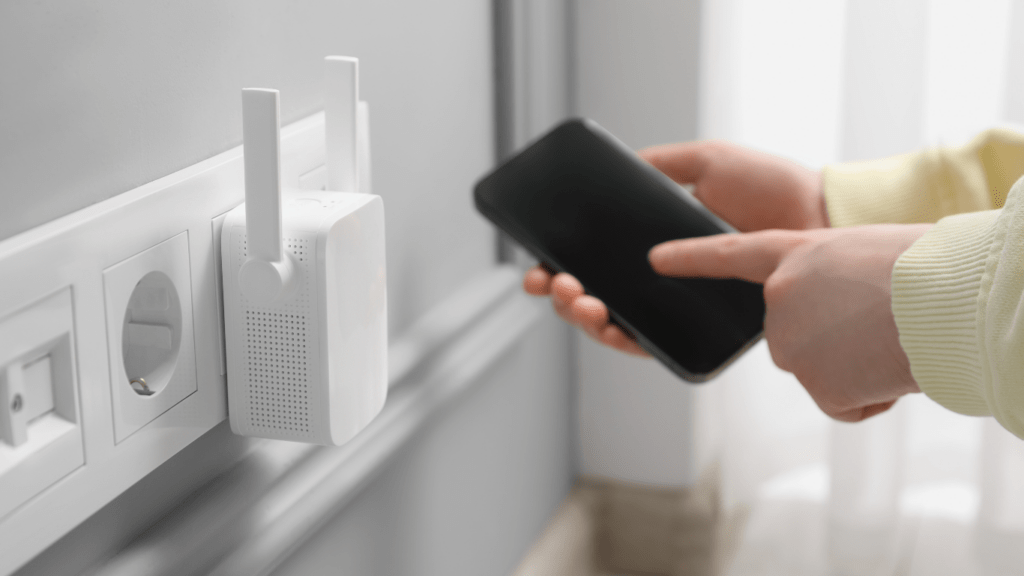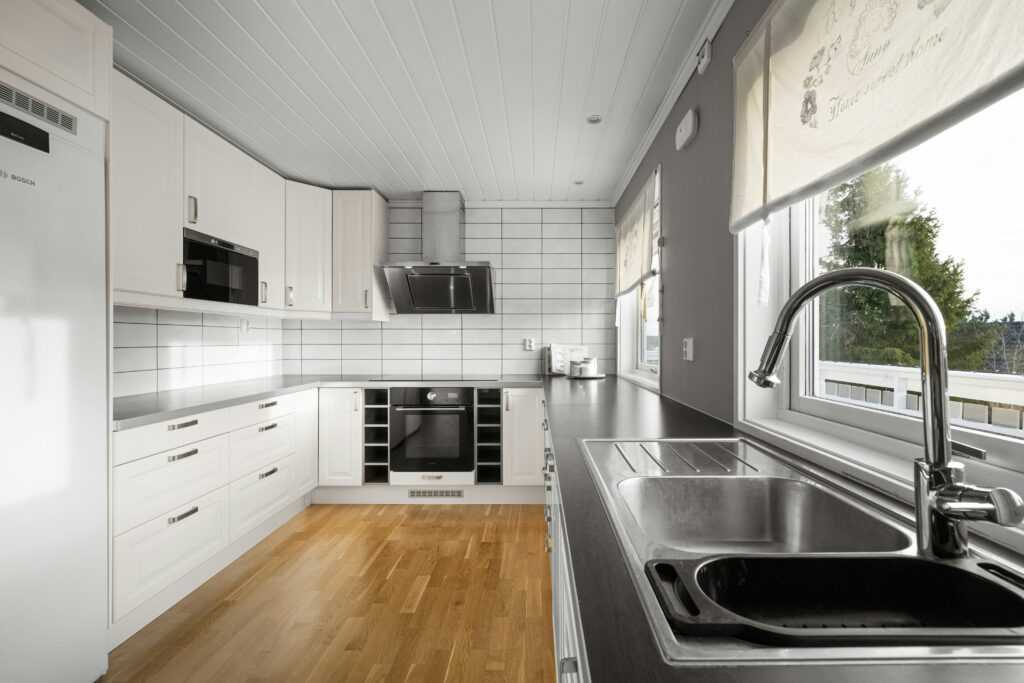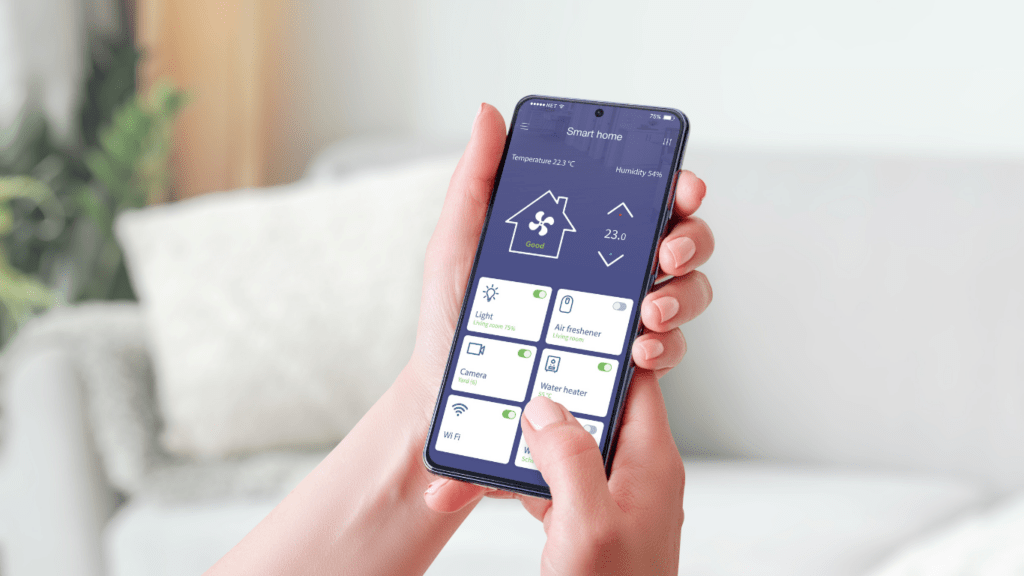Living in a smart home powered by connected devices has transformed the way we interact with our living spaces. From smart thermostats to security cameras, these devices rely heavily on a robust Wi-Fi connection to function seamlessly. As an avid enthusiast of smart home technology, I understand the frustration that can arise when these devices experience connectivity issues. In this article, I’ll share expert tips on optimizing your Wi-Fi network to ensure that your smart home devices operate at their full potential.
With the increasing number of devices vying for bandwidth on your home network, optimizing your Wi-Fi setup has become more crucial than ever. Slow internet speeds and dropped connections can hinder the performance of your smart devices, impacting your daily routine. By implementing simple yet effective strategies, you can enhance the reliability and speed of your Wi-Fi, creating a more efficient smart home experience. Let’s dive into the world of Wi-Fi optimization for smart homes and unlock the full potential of your connected devices.
Understanding Wi-Fi Connectivity for Smart Home Devices
As an avid enthusiast of smart home technology, I understand the importance of a robust Wi-Fi connection for seamless operation of smart devices. In today’s interconnected world, the reliability and speed of your Wi-Fi network play a crucial role in optimizing the performance of your smart home ecosystem.
With the proliferation of smart devices in modern homes, from smart speakers to security cameras and thermostats, the demand for bandwidth has never been higher. These devices rely on a stable Wi-Fi connection to communicate with each other and with external servers for updates and data transfer.
To ensure that your smart home devices function efficiently, it’s essential to have a comprehensive understanding of Wi-Fi connectivity and its impact on device performance. By optimizing your Wi-Fi setup, you can minimize connectivity issues, reduce lag times, and create a more streamlined smart home experience.
Factors Affecting Wi-Fi Performance in Smart Homes
In a smart home environment, several factors can influence the performance of Wi-Fi connections, impacting the seamless operation of various smart devices. Understanding these factors is crucial for optimizing Wi-Fi setups and ensuring a smooth user experience.
Signal Interference and Obstructions
Signal interference and physical obstructions can significantly degrade Wi-Fi performance in smart homes. Common sources of interference include neighboring Wi-Fi networks, electronic devices, and even household appliances like microwaves and cordless phones. Additionally, obstructions such as walls, furniture, and other structural elements can weaken the Wi-Fi signal, leading to connectivity issues and slower data transmission speeds. To mitigate these effects, it’s essential to place Wi-Fi routers strategically, minimize obstructions, and consider using Wi-Fi extenders or mesh networks to improve signal coverage throughout the home.
Bandwidth Allocation and Utilization
Effective bandwidth allocation and utilization are critical for supporting multiple smart devices simultaneously without compromising performance. Since smart home devices often compete for bandwidth to communicate with each other and external servers, improper allocation can lead to network congestion, latency, and reduced speeds. By prioritizing essential devices, setting up Quality of Service (QoS) rules on routers, and optimizing network settings, users can ensure that each device receives adequate bandwidth for smooth operation. Additionally, monitoring bandwidth usage and considering higher bandwidth internet plans can further enhance the overall connectivity and performance of smart home devices.
Best Practices for Optimizing Wi-Fi for Smart Home Devices

In optimizing Wi-Fi for smart home devices, it’s essential to implement best practices to ensure seamless connectivity and enhanced performance. Here are some effective strategies to maximize the efficiency of your smart home network:
Prioritize Device Traffic
Prioritizing device traffic is crucial for maintaining a stable connection and reducing latency in smart home setups. By assigning priority levels to different devices based on their importance and bandwidth requirements, you can ensure that critical devices receive the necessary network resources for smooth operation.
Set Quality of Service (QoS) Rules
Setting Quality of Service (QoS) rules allows you to control and manage network traffic effectively. By defining rules that prioritize specific types of data, such as video streaming or online gaming, you can prevent network congestion and ensure a consistent quality of service for all connected devices.
Optimize Router Placement
Proper router placement plays a significant role in optimizing Wi-Fi coverage and signal strength throughout your home. Positioning your router in a central location, away from obstructions and interference sources, can help extend the range of your network and enhance connectivity for smart devices in every room.
Minimize Signal Interference
Signal interference from neighboring networks, electronic devices, or physical obstructions can degrade Wi-Fi performance in smart home environments. To minimize interference, avoid placing your router near appliances, mirrors, or thick walls that can obstruct signal transmission. Additionally, consider using dual-band or tri-band routers to operate on less congested frequencies.
Implement Wi-Fi Extenders or Mesh Networks
Wi-Fi extenders or mesh networks can be valuable tools for expanding Wi-Fi coverage in larger homes or areas with dead zones. By strategically placing extenders or nodes throughout your home, you can create a seamless network that ensures optimal connectivity for all your smart devices, regardless of their location.
Monitor Bandwidth Usage
Regularly monitoring bandwidth usage can help you identify data-heavy devices or applications that may be consuming excessive network resources. By understanding your traffic patterns, you can adjust settings, limit bandwidth usage, or schedule updates to prevent network slowdowns and maintain a smooth smart home experience.
By following these best practices and optimizing your Wi-Fi setup for smart home devices, you can enhance the performance, reliability, and connectivity of your interconnected devices, creating a seamless and efficient smart home ecosystem.
Choosing the Right Wi-Fi Router for Smart Home Connectivity
When selecting a Wi-Fi router for smart home connectivity, I focus on specific features and capabilities to ensure optimal performance of my smart devices. Here’s how I narrow down my choices for the best router:
- Dual-Band or Tri-Band: I opt for a dual-band or tri-band router to support multiple devices simultaneously without compromising speed. It ensures that my smart home gadgets operate efficiently without network congestion.
- Mesh Networking: Considering a mesh networking system allows me to expand Wi-Fi coverage throughout my home by connecting multiple nodes. This feature enhances connectivity in every corner of the house, ensuring a seamless experience for all smart devices.
- Beamforming Technology: I prioritize routers with beamforming technology as it directs Wi-Fi signals to specific devices, improving signal strength and network stability. This feature is crucial for maintaining a reliable connection for smart home gadgets.
- Security Features: Ensuring robust security features like WPA3 encryption and firewall protection is essential to safeguard my smart home network from potential cyber threats. I prioritize routers that offer advanced security measures to protect my devices and data.
- Quality of Service (QoS) Settings: I look for routers with QoS settings that allow me to prioritize traffic for specific devices or applications. This feature ensures consistent performance for essential smart devices, such as security cameras or smart thermostats.
By considering these factors and choosing a Wi-Fi router that aligns with the unique requirements of my smart home, I can enhance connectivity, ensure smooth operation, and optimize the performance of all interconnected devices.



